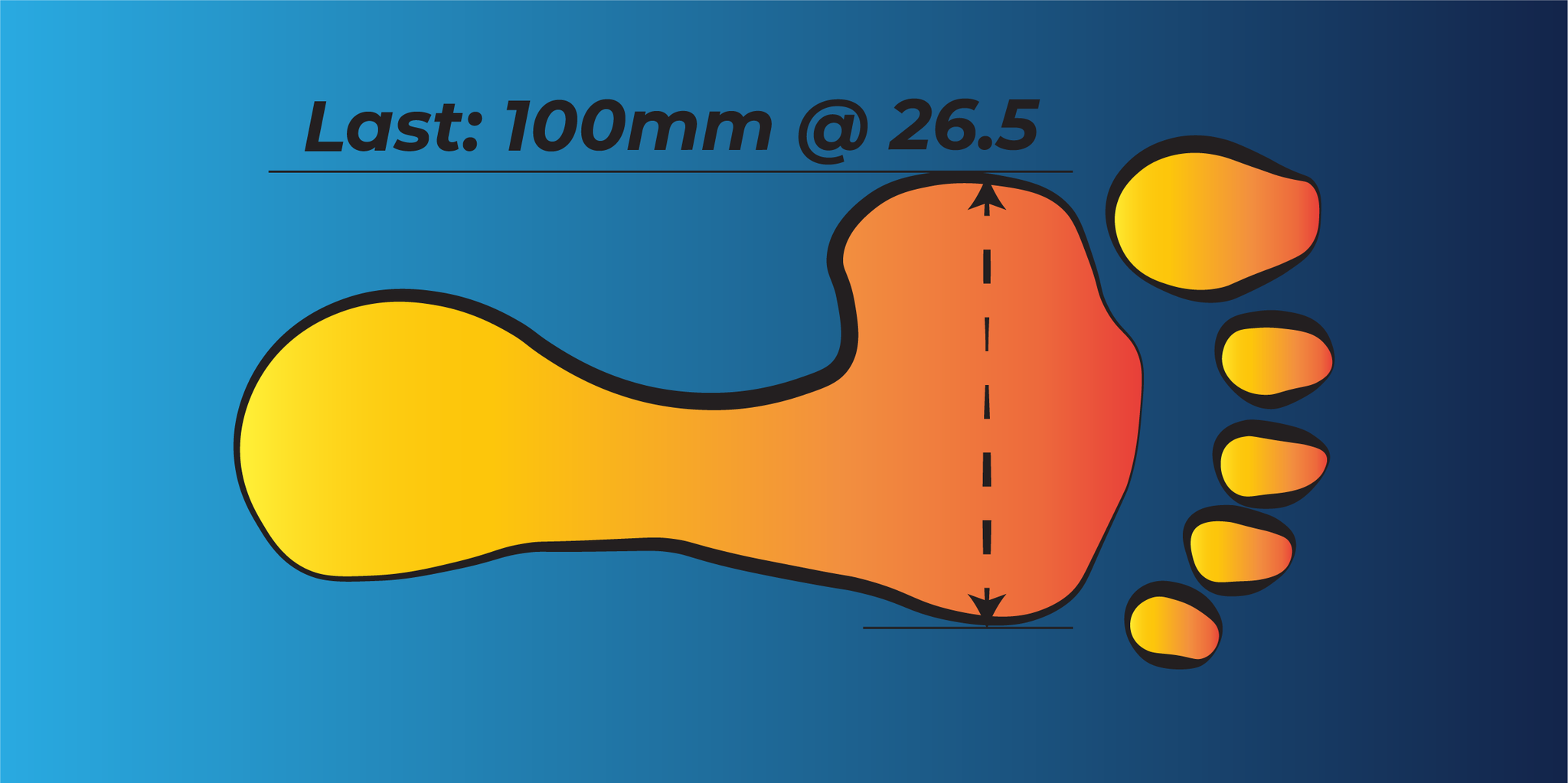2025 Rossignol VIZION 4B PRO 100 MV GW
Using the Step in technology that combines a tradtionnal overlap shell wide open in the back and a rigid spoiler which re-creates the last of piste boots. The double buckle easily unlock the cuff for entering and exiting the boot. The liner is specialy designed for this brand new concept , and is fully customisable. Choose the Vizion 4B Pro 100 MV and step into a revolution.
AST : 100
FLEXINDEX : 100
TECHNOSHELL : Step in Technology
MATERIALSHELL : Polyether
SHELLSPECIFICATION : Dual Core
SPECSCUFF : Double Buckle
MATERIALCUFF : Polyurethane
LINERTECHNOLOGY : Pre-Shaped Liner - Full Custom
LINERTHERMALINSULATION : Forefoot Thinsulate® Stretch
BUCKLESTECHNO : Flat Buckles
POWERSTRAP : 40mm
BUCKLESADJ : 4 Micro
BUCKLESMATERIAL : 100% Aluminium
SOLES : Gripwalk
Flex Index
- Flex Index is how much effort or work is required to move the cuff of the ski boot forward while the lower shell is stationary; typically retained by the binding. This number can be anything from 50 or 60 to 130+ (or even 1 - 10). There is no standard for this number across the ski boot industry and the ‘Flex Index’ is not based on any metric like newton-meters, foot-pounds, or Pascals. Even within within any given manufacture’s line-up, a boot with a Flex Index of 110 might not be the same as another boot with the same rating. The main thing to remember is that the higher the number, the stiffer the boot. The Flex Index should only be used as just one general factor in choosing a ski boot.
- Your style of skiing, experience, level of skiing, terrain, use, height, mass, and personal preference all play a role in helping you pick the stiffness of your boot. A World Cup racer or an advanced/expert skier that prefers making precision turns at high speeds requiring techniques using a lot of tip pressure might need a stiffer boot. On the other hand, someone who hits the slopes every weekend with her family or Patrols three days a week might prefer a more moderate flex.
Last
- ‘Last’ is a metric that describes the width of your foot at its widest point, which is typically at the forefoot or the ball of your foot. This will be represented in millimeters: i.e: 102mm. This is a critical consideration, because going up a size in a boot will move the widest part of the boot forward while the widest part of your foot will be kept reward. As you can gather, going up a size is not an option.
*For a comprehensive explanation on ski boot fitment, please visit the link below:
Ski Boot Fitting
Alpine
- Our Alpine ski boots are designed for maximum control and performance for downhill alpine skiing. These boots will be not be optimal for touring/skinning as the cuff is typically fixed, keeping you in a natural ski position. These boots are designed to work with any Alpine DIN binding. Alpine DIN bindings must be installed, adjusted, and function tested by a certified binding technician.
*If you’re unsure if your boots and bindings are compatible, please have a qualified technician give them a tactile and visual inspection.





